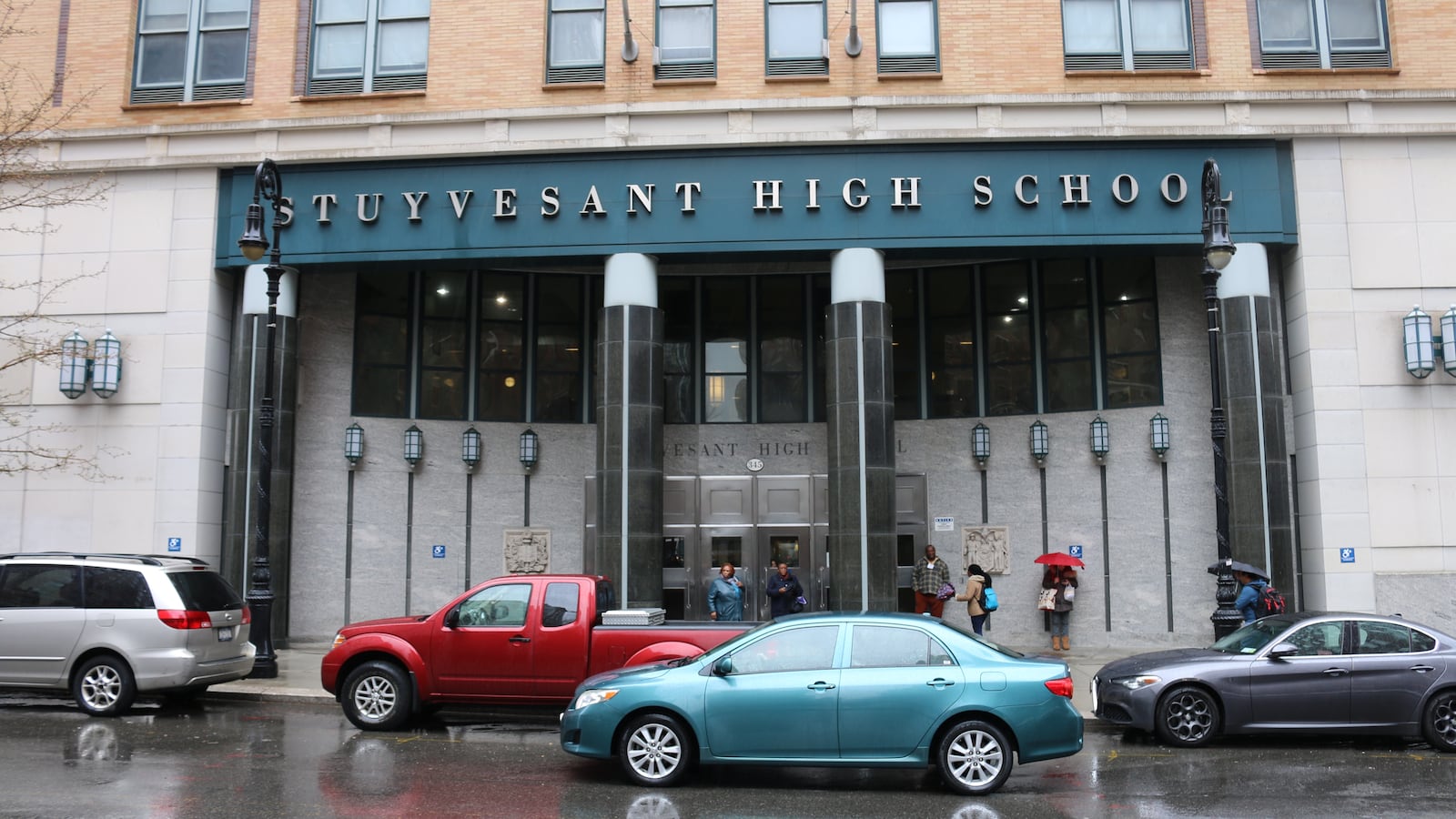For the third year in a row, a smaller share of black and Hispanic students are benefiting from a program designed to boost diversity at the city’s elite and hyper-segregated high schools.
The city’s recent expansion of the program has disproportionately benefited Asian students, who are already overrepresented at the eight specialized high schools, according to new data.
The initiative, known as the Discovery program, aims to promote diversity at the schools by offering admission to students from low-income families who score just below the entrance exam cutoff if they successfully complete summer coursework.
But as Discovery has more than tripled in size since Mayor Bill de Blasio took office, it has consistently had little effect on improving racial diversity at the schools, where just 10.4 percent of this year’s admissions offers went to black or Hispanic students — a number that has gone virtually unchanged for years. (Nearly 70 percent of the city’s students are black or Hispanic.)
In 2017, the most recent year for which data is available, white and Asian students comprised 78 percent of the students who were offered admission through Discovery, a slight increase from the previous year. By contrast, black and Hispanic students made up between 18-20 percent of the program’s offers, a percentage that has been shrinking since 2015.
Advocates who are pushing the city to diversify the schools say the latest data proves more aggressive efforts are needed.
“It’s clear at this point that it’s not an effective approach,” said Lazar Treschan, youth policy director at the Community Service Society and who has studied specialized high school admissions.
City officials argue that the program is valuable because it gives low-income students a leg up, and more black and Hispanic students gain admission through the program (roughly 20 percent) than they do during the normal admissions process (10.4 percent).
The city has grown the program in recent years: 202 students were offered admission through Discovery in 2017, more than three times as many students as 2014. (Despite the program’s expansion, it represented just 4 percent of admissions offers in 2017.)
The city even included the program’s expansion in its diversity plan, where it announced for the first time that Stuyvesant High School would participate this year, the last holdout of the eight specialized schools that determine admission based on a single test.
“Together with our larger set of initiatives to increase racial and socioeconomic diversity at the [specialized high schools], we are seeing an impact through the Discovery program,” wrote Will Mantell, an education department spokesperson.
The city has also expanded programs that offer free preparation for the entrance exam and is increasing the number of schools that offer the test during the school day. And the education department is looking for ways to make a bigger dent. Mantell said the city is conducting a review of those efforts, including Discovery, “to determine if and how it can make a larger impact.”
The mayor has taken heat in recent weeks after new data revealed that the city has failed to increase diversity at specialized schools, even after campaigning on the issue four years ago.
De Blasio has not pushed to overhaul the admissions process to allow for multiple entrance criteria in lieu of a single test. Many experts believe such changes are the only way to integrate the schools and argue the mayor already has the power to do so at five of the eight schools (tweaking admissions at the other three would require a change in state law). He has instead favored programs like Discovery, which have barely moved the needle.
“I think at this point the mayor has enough evidence that this is not an efficient way of doing this,” the Community Service Society’s Treschan added. “I would love the mayor to exercise leadership on changes that might be more complicated politically, but [would] be more effective.”

